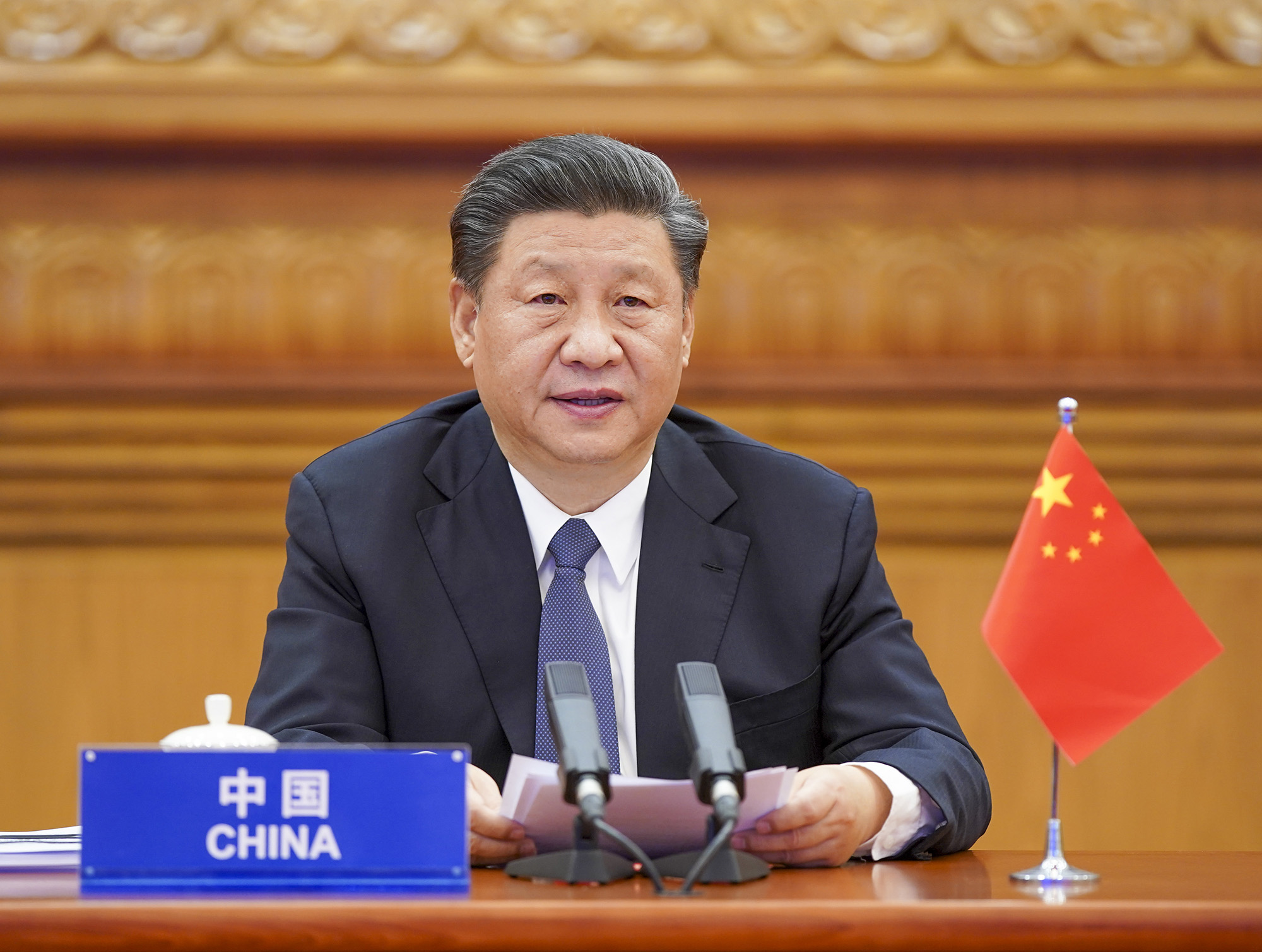Tribune News Service
BEIJING — Dozens of people clashed on the Hubei border after the Chinese government lifted a two-month quarantine on the epicenter of the country’s coronavirus outbreak, highlighting the challenges of undoing the unprecedented measures taken to contain the disease.
The conflict began Friday morning on a bridge connecting Hubei and neighboring Jiangxi province as policemen from both sides argued over how to verify if people were allowed to enter Jiangxi, according to local media reports.
Videos of the incident that circulated online showed a chaotic scene as citizens from Hubei joined the fracas, standing on police cars and overturning vehicles. One clip showed the Hubei residents demanding an apology from the Jiangxi police for setting up a checkpoint on the border.
Ma Yanzhou, the highest-ranking Communist Party official in the Hubei county involved, was seen shouting into the crowd with a megaphone in an attempt to calm people.
Order resumed on the bridge at about 5 p.m. Friday, according to Beijing News. The two counties on either side of the clash issued a joint statement Saturday, saying checkpoints between them would be removed and no special documentation would be needed to cross.
The heightened tensions underscore the pent-up frustrations of people released from lockdowns and the discrimination they might face reintegrating into communities. Hubei residents endured weeks of being cut off from the rest of China before the quarantine was lifted Wednesday, while many outside the province still fear people who are arriving from there could bring the highly contagious pathogen with them.
On Saturday, state-run People’s Daily posted a commentary on its app admonishing those involved in the clash, saying that placing restrictions on or singling out Hubei natives “hurt their feelings.”
“We should show good rapport with Hubei people when they are returning to work,” the article said. “The reason is simple — they are our compatriots.”
Hubei reported that new infections dropped to zero on March 19, a dramatic plunge from the height of an epidemic that’s infected more than 80,000 Chinese and killed more than 3,200. But with the virus accelerating its spread globally and local media reporting that unrecorded cases are being discovered daily in Wuhan, the capital of Hubei, China is struggling to balance the risk of a second wave of infections with easing restrictions so its economy can get back on track.
From Jan. 23, China locked down Wuhan and its surrounding areas, effectively restricting the movements of 60 million people. The measures stopped air and rail travel and restricted those who could leave by car, while harsher measures banned large gatherings and sought to keep residents in their homes.
Some critics saw the quarantine as a heavy-handed approach following earlier failures to act quickly enough to stem the spread. As the virus spread globally, other countries including Italy, the Philippines and India have begun nationwide lockdowns.
Although Hubei’s quarantine might have averted hundreds of thousands of cases, according to the World Health Organization, it put coronavirus patients in the province at a much higher mortality rate than other regions.
Hospitals were overwhelmed by patients and suffered a dearth of supplies, forcing them to turn away people with other critical illnesses.
Chinese President Xi Jinping, who claimed personal responsibility for the decision to lock down Hubei, urged officials to help the province get back to normal quickly during a visit to Wuhan earlier this month.
Hubei last week started allowing some residents in lower-risk areas to leave the province for work. Wuhan was excluded from the relaxed rules.
People have to get a “green code” certification proving they are in good health in order to leave, though specific requirements for traveling domestically are still unclear.

